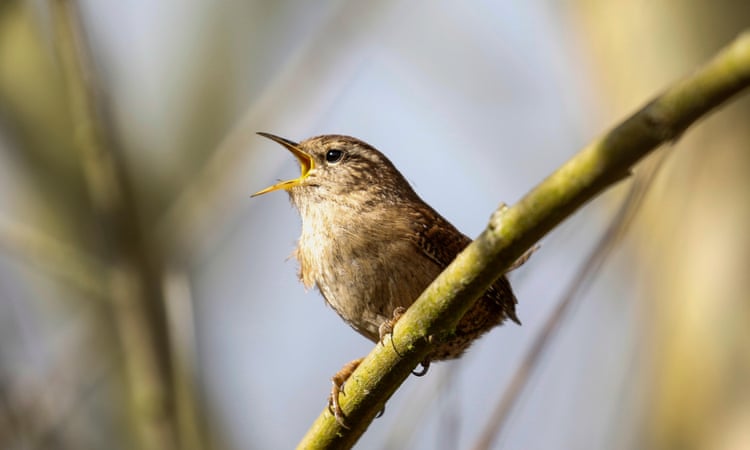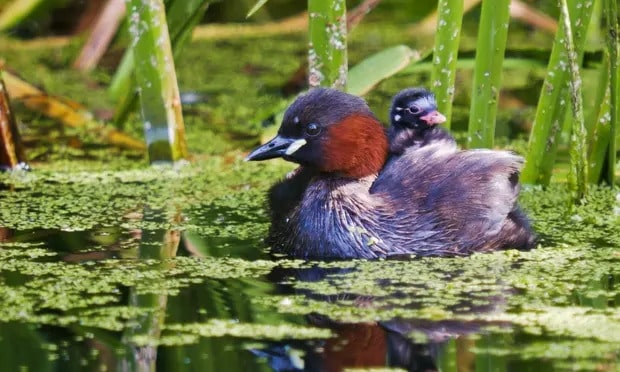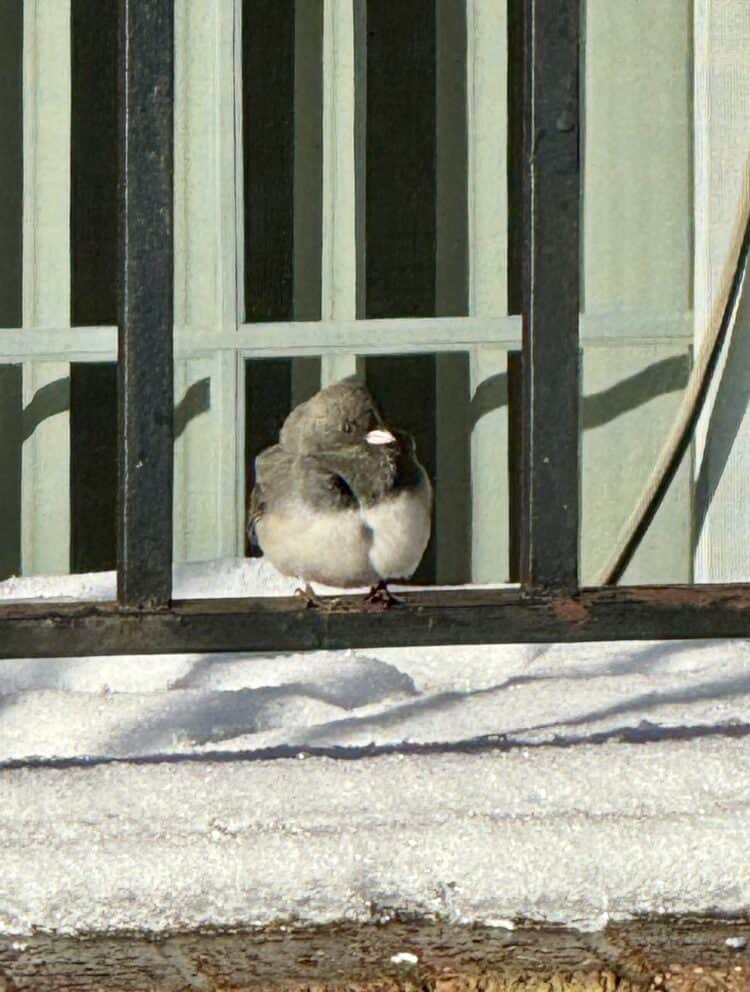
Grab forty winks. Saw logs. For a species that’s habitually short on shut-eye, we humans sure have come up with myriad ways to talk about it. We also spend a lot of time and money studying sleep, or the lack thereof. Yet, in spite of decades of inquiry, researchers still don’t have a good fix on why we—and just about every other living creature—need to nod off. We’ve had better luck trying to understand other unconscious states, especially those employed by certain non-human species to deal with hard times.

Winter poses a critical challenge for animals who stay put rather than migrate to warmer climes. Thermoregulation requires calories, but many foods—especially fruits, nectars, vegetation, and insects—are scarce when the days are short. The ability to reduce one’s energy needs can be a life-saving adaptation. Hibernation does just that—it lowers an animal’s metabolic rate. If all goes well, this period of inactivity, which may last several days, weeks, or even months, depending on the species, will stretch stored energy reserves (aka body fat) long enough for the animal to survive until a greener season. “If” depends on many factors, such as the abundance of autumn food resources, the length and severity of cold days, and even the stability of the den site during repeated freeze-thaw-freeze cycles.
When a critter—let’s use the chipmunk (Tamias spp.) as an example—transitions into a state of hibernation, its body temperature drops to near freezing, breathing becomes so shallow as to be imperceptible, and the heart rate decreases dramatically, from 350 to 4 beats per minute. Although we tend to think of hibernation as a season-long slumber, chippies and other hibernating rodents do wake up every few weeks to have a snack and take a potty break, even though these periods of activity, called interbout arousals, consume up to 90% of stored body fat. There are some champion nappers in this chisel-toothed group—including the groundhog (aka woodchuck, Marmota monax), who sleeps half its life away, setting the alarm for March when it heads to bed in September.
Other examples of sound sleepers include: insectivores like the European hedgehog (Erinaceus europaeus) and the tenrecs (Microgale spp.); the mountain pygmy possum (Burramys parvus)—the only hibernating marsupial; and the echidna (Tachyglossus spp.), a monotreme. Biologist recently added the mouse lemur (Microcebus spp.) and the fat-tailed dwarf lemur (Cheirogaleus medius) to the hibernator roster; prior to this discovery, we didn’t have any examples from among the primates. Additionally, since winter temperatures in their native Madagascar may reach 86° F (30° C), it’s become clear that hibernation isn’t strictly associated with cold weather. Nor is it limited to mammals; a bird called the common poorwill (Phalaenoptilus nuttallii) snoozes through at least some of the snowy season.

Ironically, that most famous of North American sleep icons, the bear (Ursus spp.), is the subject of many a drowsy debate over whether or not they are “true hibernators.” Bears often spend far more time sleeping than the so-called “trues,” so what’s all the fuss about? Well, this is going to sound like nit-picking, but here goes. First of all, a bear’s heart rate drops, but not quickly enough to suit some scientists. Also, while the number of heartbeats may go as low as 8 per minute, the average is closer to 50 per minute. Moreover, during this time the bear’s body temperature remains pretty close to normal. This is a handy little idiosyncrasy that, should the need arise, allows the animal to wake up fast… and often cranky—a fact Santa (and anyone else) should keep in mind when planning a mid-winter visit to the den.
Taking to one’s bed for months on end could be seen as a rather over-the-top response to a simple cold front. It smacks of swooning characters in English romance novels from the late 1700s. Frankly, it’s not everyone’s cup of tea, and many wild critters take a more measured approach. Torpor is the term commonly used to describe these shorter, less dramatic forms of dormancy, although, technically, hibernation and other types of suspended animation are really subsets of torpidity. Call it what you will, there are examples of “temporary hibernation” in all the Classes of vertebrate animals—mammals, birds, reptiles, amphibians, and fish—and it’s commonplace among the myriad spineless critters as well.
For some of the busiest bodies, torpor is a daily habit. Hummingbirds (Trochilidae), for example, have such a high metabolic rate that they need to ingest a steady stream of non-carbonated sugar water (i.e., nectar) during their waking hours or they’ll become hypoglycemic and too exhausted to fly. Can’t fly? Can’t feed—a vicious circle that will ultimately lead to the bird’s death without some kind of intervention. As you might imagine, this need to constantly refuel creates an enormous problem when night falls and these feathered perpetual motion machines must rest. Without some way to temporarily lower their metabolic rate, hummingbirds would never be able to get out of bed in the morning. Never fear—torpidity to the rescue!

Swifts (Apodidae), chickadees (Paridae), nightjars (Caprimulgidae), and doves (Columbidae) are just a few of the other avian species who go torpid under various conditions. Generally speaking, these birds are fruit-, nectar-, or insect-eaters, and they tend to be on the small side (less than 80g). The snowy owl (Bubo scandiacus), at 1600-2950g is one exception to this rule, and biologists recently added a second, when it was confirmed that the tawny frogmouth (Podargus strigoides) goes torpid during Australian winters.
Personally, I find these new insights into animal behavior thrilling, because they reassure me that what we know about wild creatures is still a drop in the bucket compared to what we don’t know—there are worlds upon worlds waiting to be discovered on this blue gem of a planet we call home.

Of course, cold is not the only hardship wild things would rather sleep through. Periods of drought are just as serious a threat to survival, especially for aquatic and semi-aquatic species. When a lake, pond, or stream goes dry, the inhabitants need to dig in. Literally. Turtles and tortoises (Testudines), crocodiles (Crocodylidae), frogs and toads (Anura), salamanders (Caudata), and some crustaceans will aestivate (also spelled estivate)—a drought-driven form of hibernation. They sink down into the mud before it dries completely, sealing themselves in a mucous capsule until the rains come again. If ever there was a time to be glad you can absorb oxygen in the soil through your skin, this is it, because the air in your boggy bubble won’t last very long.

Researchers are intrigued by these alternate forms of sleep and how they might offer clues for solving a variety of human health concerns. Honestly, I understand their fascination but I don’t know how they stay awake long enough to collect any data. Just writing about dormancy has my eyelid feeling so… heavy. I guess it’s… time for…. me to turn… in.
Hit the [YAWN!] hay. Catch some…..…zzzzzzzzz
*Pop Quiz: How many times did you yawn while reading this?
© 2011 Next-Door Nature—no reprints without written permission from the author. Thanks to these photographers for making their work available through a Creative Commons license: SearchNetMedia (prairie dog); Pau Davidy (polar bear); Tatiana Bulyonkova (rock dove); Michael Ransburg (turtle); and Pat Gaines (snowy owl).
Kieran Lindsey
Kieran Lindsey loves looking for wild things in all the wrong places... so she became an urban biologist. Her quest to entice others to share this passion led to flirtations with (gasp!) the media—as a columnist for the Houston Chronicle; as host of KUNM-FM’s Wild Things; as producer of an Emmy® winning wildlife documentary; and at her Next-Door Nature blog. Kieran has way too much fun as official Animal-Vehicle Biologist for NPR's Car Talk, and she isn’t ashamed to admit it.







Leave a Reply